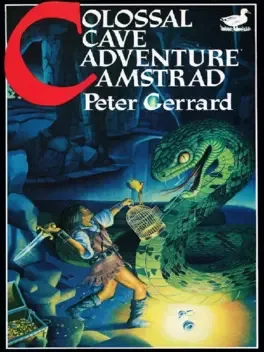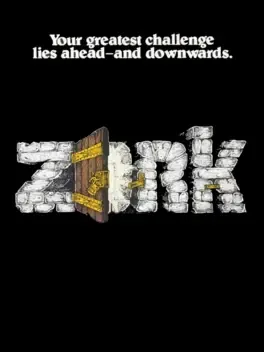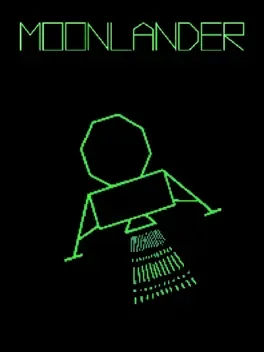Popular games for platform PDP-10

Colossal Cave Adventure is a text adventure game, developed originally in 1976, by Will Crowther for the PDP-10 mainframe. The game was expanded upon in 1977, with help from Don Woods, and other programmers created variations on the game and ports to other systems in the following years. In the game, the player controls a character through simple text commands to explore a cave rumored to be filled with wealth. Players earn predetermined points for acquiring treasure and escaping the cave alive, with the goal to earn the maximum amount of points offered. The concept bore out from Crowther's background as a caving enthusiast, with the game's cave structured loosely around the Mammoth Cave system in Kentucky.

Zork is one of the earliest interactive fiction computer games, with roots drawn from the original genre game, Colossal Cave Adventure. The first version of Zork was written in 1977–1979 using the MDL programming language on a DEC PDP-10 computer.

Moonlander (also known as Lunar Lander) is an early computer game made for the DEC GT40 computer and is the first graphical game in the lunar landing simulator subgenre, as well as the first one in real-time. It is notable for being the first video game with an Easter egg, a lone McDonalds on the moon's surface that can be interacted with or destroyed.
Baseball is a baseball sports game that was created on a PDP-10 mainframe computer at Pomona College in 1971 by student Don Daglow. The game (actually spelled BASBAL due to the 6-character file name length restrictions) continued to be enhanced periodically through 1976. The program is documented at the Baseball Hall of Fame in Cooperstown, New York. It was the first interactive Baseball simulation game, allowing players to manage the game as it unfolded. At the start of each inning the batter's and pitcher's names were listed, and the player in the field could enter a number to choose whether to pitch to the batter, walk him intentionally, warm up a reliever or change the pitcher. In a later version the options for a pitchout and for a visit to the mound were added. The player controlling the batter could choose to put in a pinch hitter. If runners were on base the player could direct them to try to steal. Once the players had entered the desired orders, the game would print out the result of the at-bat, update the number of outs, the score and the location of the runners, and print the name of the next batter. If a game was still a tie after nine innings, extra innings would be played in accordance with baseball rules.

Maze originated or disseminated a number of concepts used in thousands of games to follow, and is considered one of the earliest examples of, or progenitor of, a first-person shooter. Uncertainty exists over its exact release date, with some accounts placing it before Spasim, the earliest first-person shooter with a known time of publication. Gameplay is simple by later standards. Players wander around a maze, being capable of moving backward or forwards, turning right or left in 90-degree increments, and peeking through doorways. The game also uses simple tile-based movement, where the player moves from square to square. Other players are seen as eyeballs. When a player sees another player, they can shoot or otherwise negatively affect them. Players gain points for shooting other players, and lose them for being shot. Some versions (like the X11 port) had a cheat mode where the player running the server could see the other players' positions on the map. Occasionally in some versions, a duck also appears in the passage.